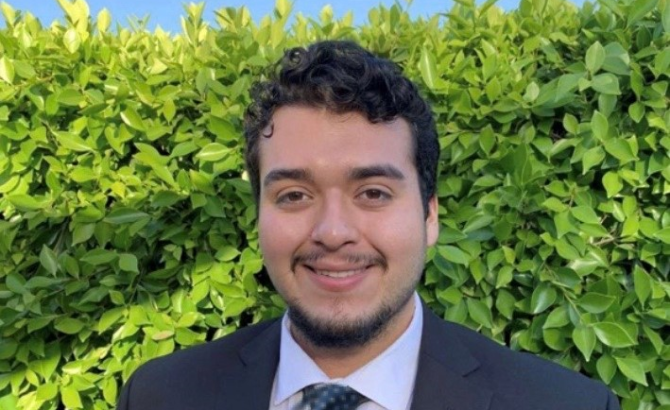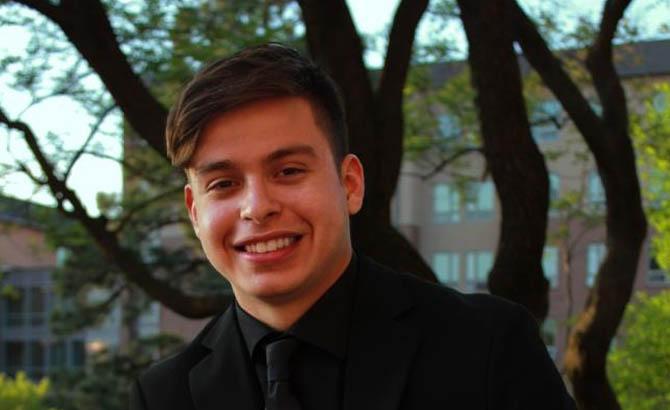A blog exploring all aspects of law and legal education — the future of the legal profession, access to justice, diversity and inclusion, testing and assessment, law and technology, and more.
Displaying 10 of 266
Los Angeles-area native Fabian Guzman speaks frankly on why it’s important for those working in the legal field to look like the people they serve.
May 20 marks the celebration of the 10th Global Accessibility Awareness Day (GAAD). GAAD was created to get everyone talking, thinking, and learning about digital accessibility and the more than one billion people who live with disabilities.
The past year has reminded us of the special bond we share. Together, we worked to overcome challenges and uncertainty in a united effort to preserve the integrity of legal education while ensuring the future of justice remains bright.
Carlos Cedillo-Silva saw a legal education as a far-fetched dream, but a summer in the PLUS Program turned his burden into a reality.
LSAC joined the list of 2021 AVA Digital Awards winners, earning the gold statuette in the video production category for “Law School Stories,” a project filmed in collaboration with the faculty, staff, and law school students at Brigham Young University.
LSAC recently joined the list of 2021 AVA Digital Awards winners, earning the platinum statuette in the pro bono category for “Why Hire Lawyers with Disabilities?”
Ryan Odibo says he feels a lot of different pressures to be successful in life and his career. Now a junior at Virginia Tech, Odibo is aiming to be the first in his family to graduate from college.
There are many ways to make an impact in law, but one we don’t often hear much about is how people become judges and justices. During a recent LSAC webinar, I was joined by two women who took unique paths in law and are now breaking barriers as members of the judiciary, along with a third pathbreaker who now works to help law school candidates make their own successful transitions to the legal profession.
Rennard Strickland, a giant in law and legal education, died on January 5, 2021, at the age of 80. The loss to his decades of students, mentees, and admirers (if not devotees) is heartbreaking; the loss to legal education may never be recovered.
Keni Anthony says she’s always wanted to attend a historically Black university. “Ever since I was little, watching my auntie walk across the stage at Savannah State, I knew from that age that that would be me,” she says.










